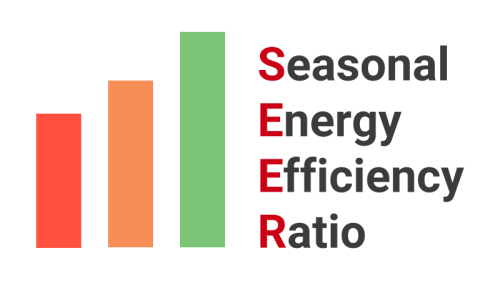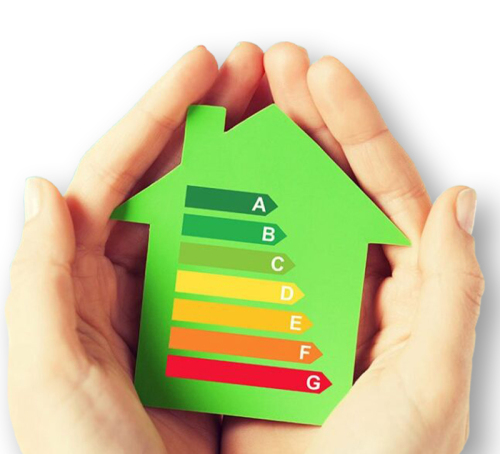
As the last traces of winter fade and the first blooms of spring emerge, many homeowners begin to set their sights on the approaching summer heat. It’s the perfect time to talk about something crucial yet often overlooked: SEER ratings for air conditioning systems. Understanding SEER (Seasonal Energy Efficiency Ratio) ratings is essential for those looking to save on energy bills and minimize their environmental impact as they consider an upgrade to their cooling systems.
What is SEER and Why Does it Matter?
SEER measures the cooling output of an air conditioner over a typical cooling season, divided by the energy it consumes in Watt-Hours. It’s akin to the HVAC industry’s version of miles per gallon in a vehicle—the higher the SEER rating, the more energy-efficient the air conditioning unit is. A higher SEER rating means greater savings over the life of the system, as less energy is required to provide the desired level of cooling.
Introducing SEER2: A Stricter Measure of Efficiency
The U.S. Department of Energy (DOE) has recognized the need for a more accurate measure of an HVAC system’s efficiency and, as a result, has introduced SEER2 (Seasonal Energy Efficiency Ratio 2). SEER2 is an update to the original SEER system, intended to reflect real-world conditions more accurately. This means implementing tougher testing conditions, like higher external static pressure, to mimic the typical resistance found in home installations.

New Efficiency Standards for the Modern Home
With the advent of SEER2 comes new minimum efficiency standards set by the DOE, effective from January 1, 2023. These standards have been regionalized to account for the varying climates across the U.S. For instance, the minimum SEER2 for air conditioners in the northern states will be 13.4, while the hotter southern and southwestern states will have a minimum standard of 14.3 SEER2.
The Consumer Effect: Cost and Savings
Transitioning to SEER2 standards means that newer air conditioning units will boast higher efficiency. This efficiency translates to savings on energy bills for consumers, making the investment in an upgraded unit financially beneficial in the long run. Though the upfront cost might be higher, the energy savings can offset this over time, not to mention the increased comfort and performance of a modern, efficient air conditioning system.
A Win for the Environment
The implementation of SEER2 is not just good for the wallet; it’s a stride toward environmental responsibility. Higher efficiency standards lead to lower energy consumption, which in turn means reduced greenhouse gas emissions and a smaller carbon footprint for our households.
HVAC contractors have the opportunity this spring to guide homeowners towards making informed, forward-thinking decisions about their air conditioning systems. By discussing SEER and SEER2 ratings, you can help them to anticipate the heat of summer with smarter, more sustainable, and cost-effective cooling solutions.

